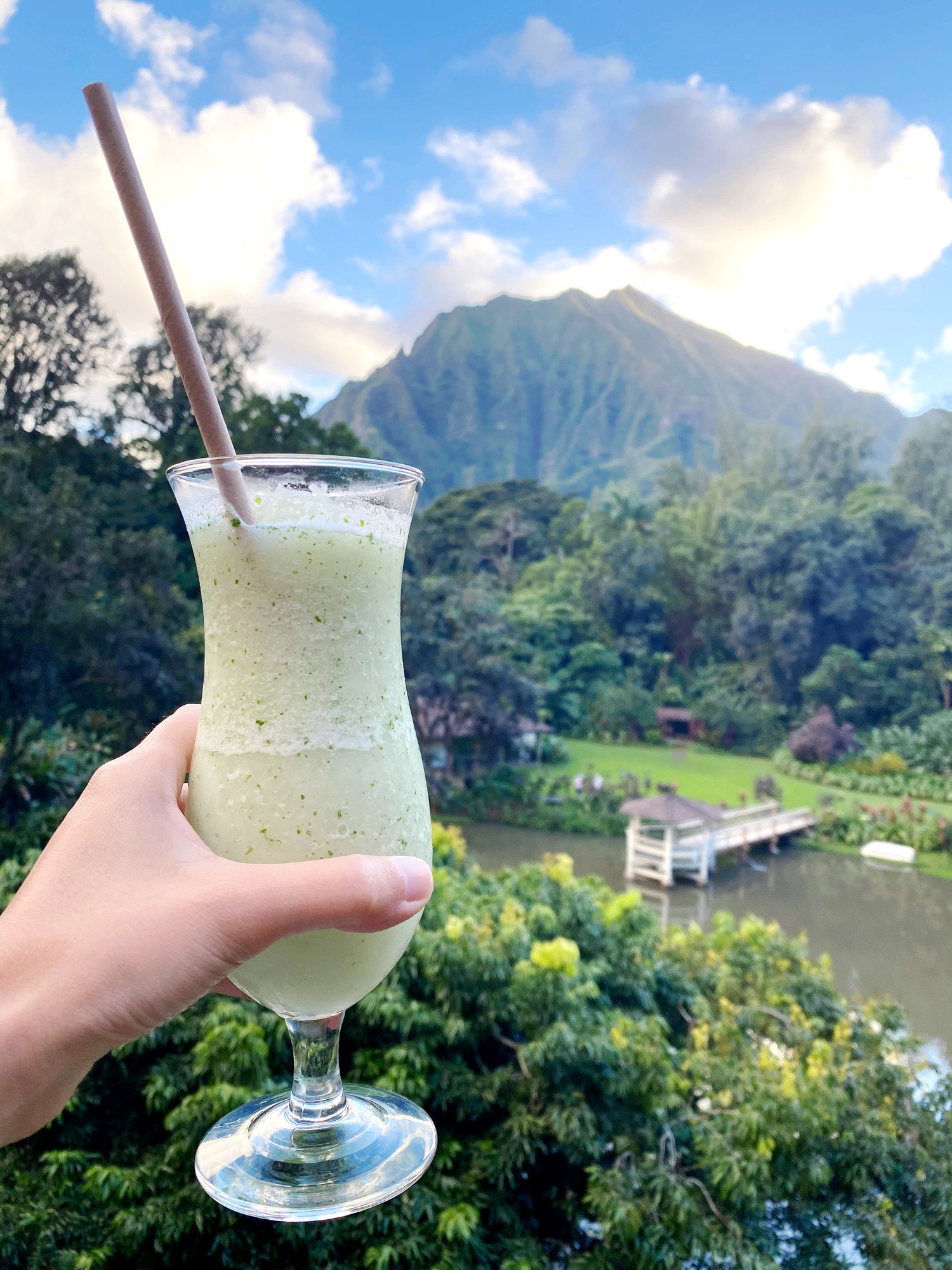

When I got of the train in Arita I had no doubt that I was in Japans premier porcelain town. Apparently even today some Arita porcelain is branded as Imari Ware, but collectors only consider Imari Ware from the two periods mentioned above as the real Imari Ware. In the 19th century Japonism, an obsession with Japanese arts, swept across Europe and Imari Ware gained popularity again. Arita porcelain from this time period is often known as Imari Ware in Europe because the porcelain was branded with the name of the port from which it was exported. Japanese porcelain gained a great reputation especially in Europe during the 17th and 18th century. No matter who the success is attributed to, Arita became world famous on account of it’s fine porcelain. The discovery of Kaolin and production of the first Japanese porcelain is generally attributed to Kanagae Sanbee (also called Yi Sam-pyeong or Sanpei Li) but it appears to be disputed if this is really true. A few years later a source of Kaolin, the clay used for porcelain, was discovered in the mountains of Arita. Many feudal lords brought Korean potters back with them to Japan. Nabeshima Naoshige, a feudal lord from Kyushu, also brought back Korean potters. The conflict with Korea ended in 1598 with the Japanese leaving the Korean peninsula. In the late 1500’s Japan attempted to invade Korea a few times. History of Arita Early historyĪrita’s growth from a regular Japanese village to an internationally recognized source of quality porcelain started over 400 years ago. This post quickly covers the history of Arita, then continues with my personal experience there and finally lists the main attractions to help you plan your own visit.
#Haiki korean full
Arita is a scenic little town full of Japanese culture and history, and all this actually sparked some interest in me for the porcelain. I didn’t really know what to expect myself before I went, because porcelain isn’t exactly my thing. You don’t have to be a porcelain aficionado to enjoy Arita. Arita was the first place in Japan where porcelain was produced in the 1600’s and today the town still lives strong on its history and reputation of fine pottery. As a result, it has succeeded in strengthening its position as the only "exercise idol" among the fourth-generation idol groups, drawing enthusiastic responses from domestic and foreign fans.The town of Arita in Saga, Kyushu is famous throughout the world for its pottery. It received attention not only in Korea but also in overseas music charts, proving its global interest in HIKEY. H1-KEY recruited new member Whistler on July 6 and worked as its first Maxi single "Run". "Don't you go camping with close people?" "It's like a family, and I thought of a place where I can remember while being with my friends," he added.įinally, H1-KEY expressed his extraordinary love for his fans, saying, "Thank you for being with me in the beginning." Haiki's efforts to produce his own logo and get closer to his fans left a deep impression. There was a condition of "drawing Mikey in 10 years," and I thought of camping together 10 years later, Rina said. In addition, Whistler and Riina unveiled the results of the drawings of keys, camping tents, and bonfires. It means, "It's always fun to be with H1-KEY and Mikey like Saturday," he said. It means that "Haiki is the key to Mikey." It looks like "to" again. Mikey's M, Heike's H," he explained, changing direction and saying, "It looks like a key. "M and H are connected," Yell, "M and H are connected. Since then, the logo produced by H1-KEY has been unveiled. Fans admired H1-KEY's concentration, saying, "Everyone is so sincere," while Seo-yi said, "Everyone is sincere about everything," and Rina said, "I'm serious about the logo," and then did my best to make the logo. Haiki, who started making logos in earnest, carefully decorated the logo. H1-KEY's cute desire to win drew laughter by playing thrilling games such as crocodile tooth games, timing games, and penguin ice breaking. Haiki, who teamed up with Yell, Seoi, Wheeso, and Rina, decided on conditions that must be included in the material selection and logo through various games. H1-KEY then split into two teams and challenged to make the fandom 'Mikey' logo.


 0 kommentar(er)
0 kommentar(er)
